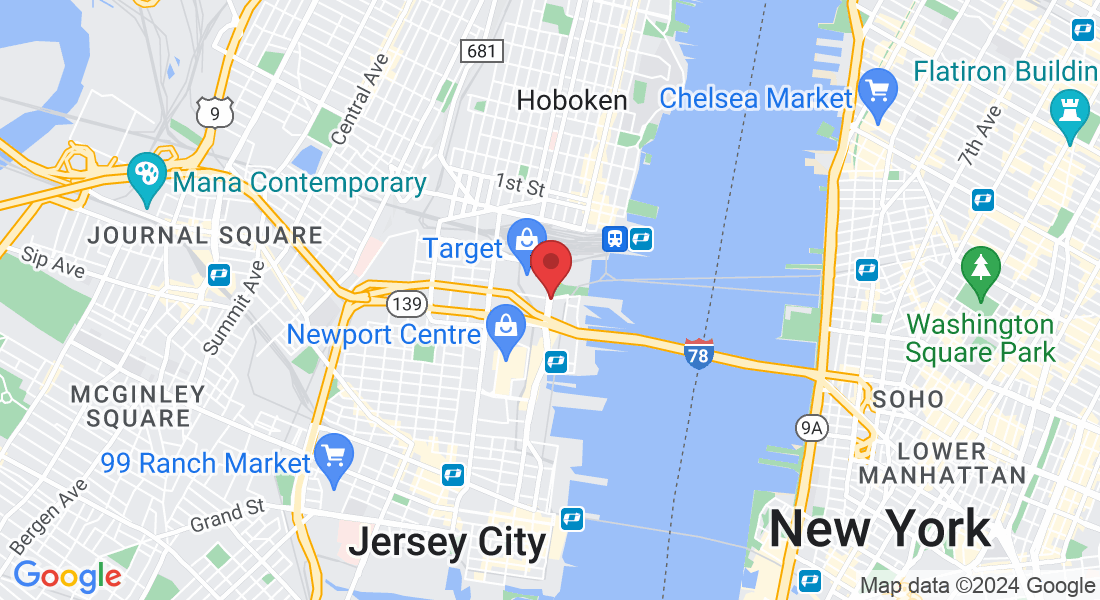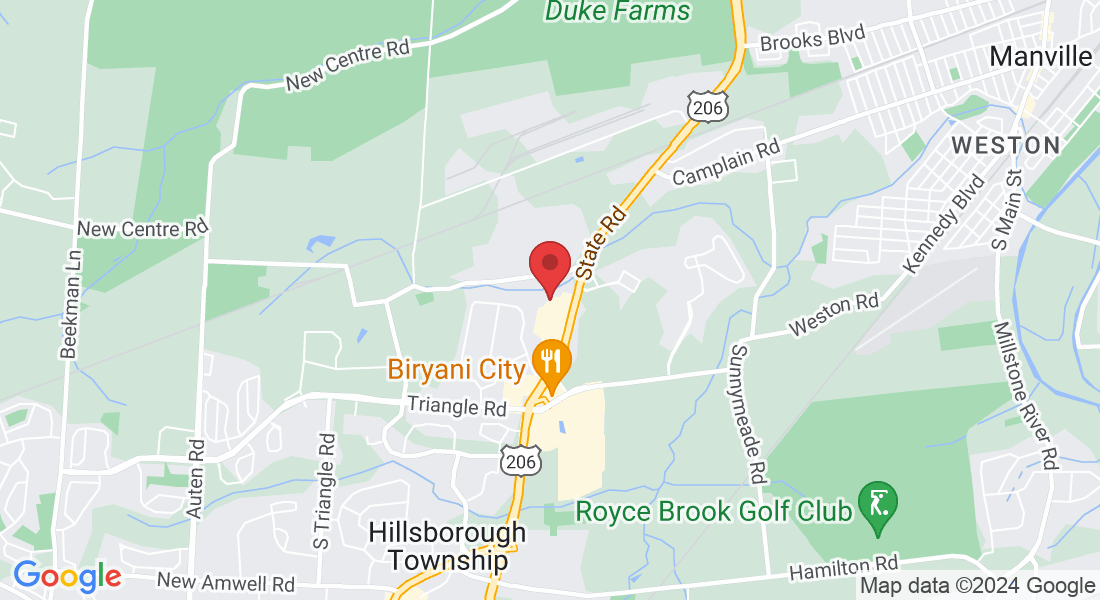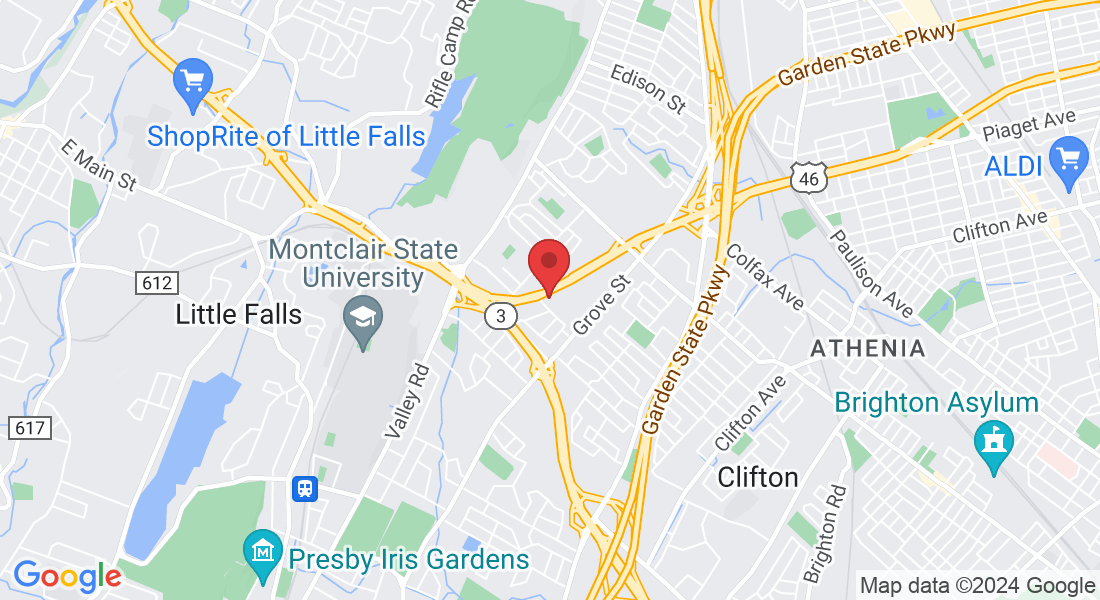Are you ready to achieve your health and wellness goals?
Look no further than New Jersey Rehab Experts Physical Therapy Services, Are You Set to Triumph Over Your Health and Wellness Goals? where we're dedicated to helping you live your best life through personalized care and comprehensive therapy solutions.
Genuine Feedback from Our Patients
Explore Our Diverse Range of Disciplines
Discover a world of exceptional care customized for all ages! Our dedicated professionals deliver top-notch medical attention, expert rehabilitative therapy, and warm companion care for adults, seniors, and young patients. Experience personalized healthcare with a heart!
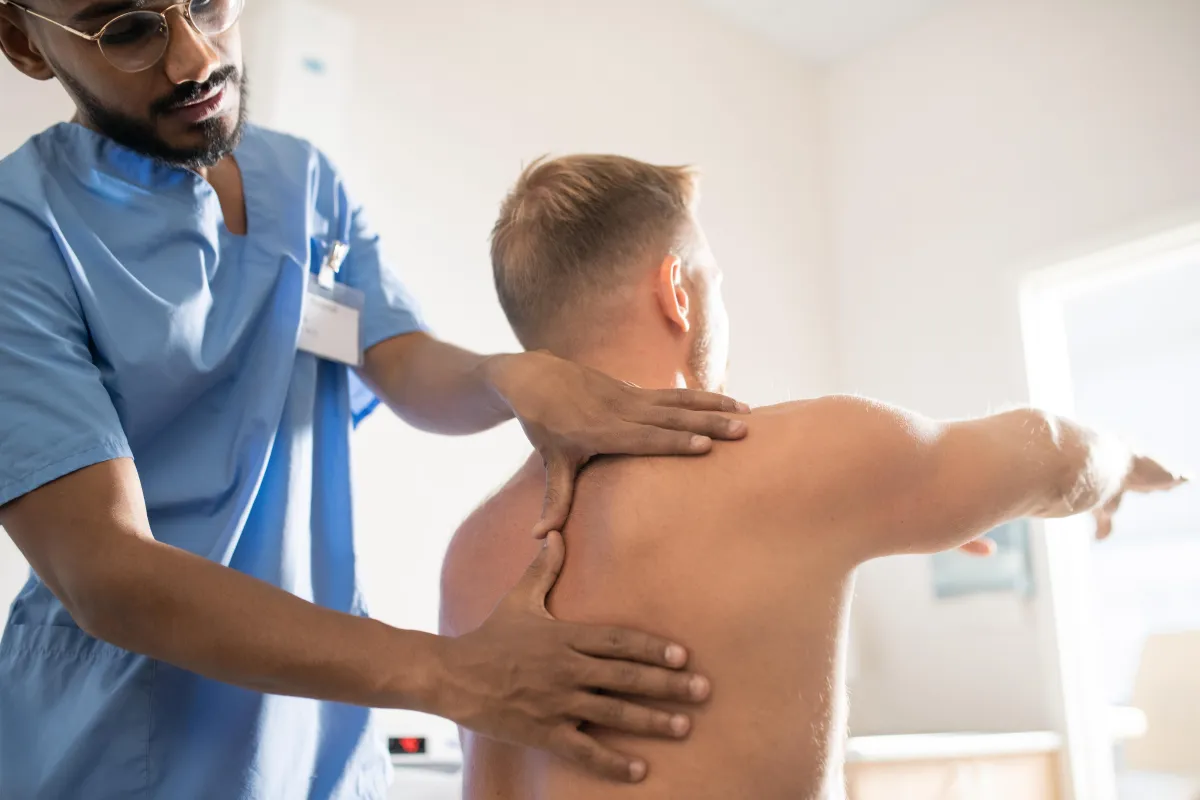
Achieve ease in motion with our professional physical therapy! Join forces with our committed therapists on your path to a healthier, more dynamic life...
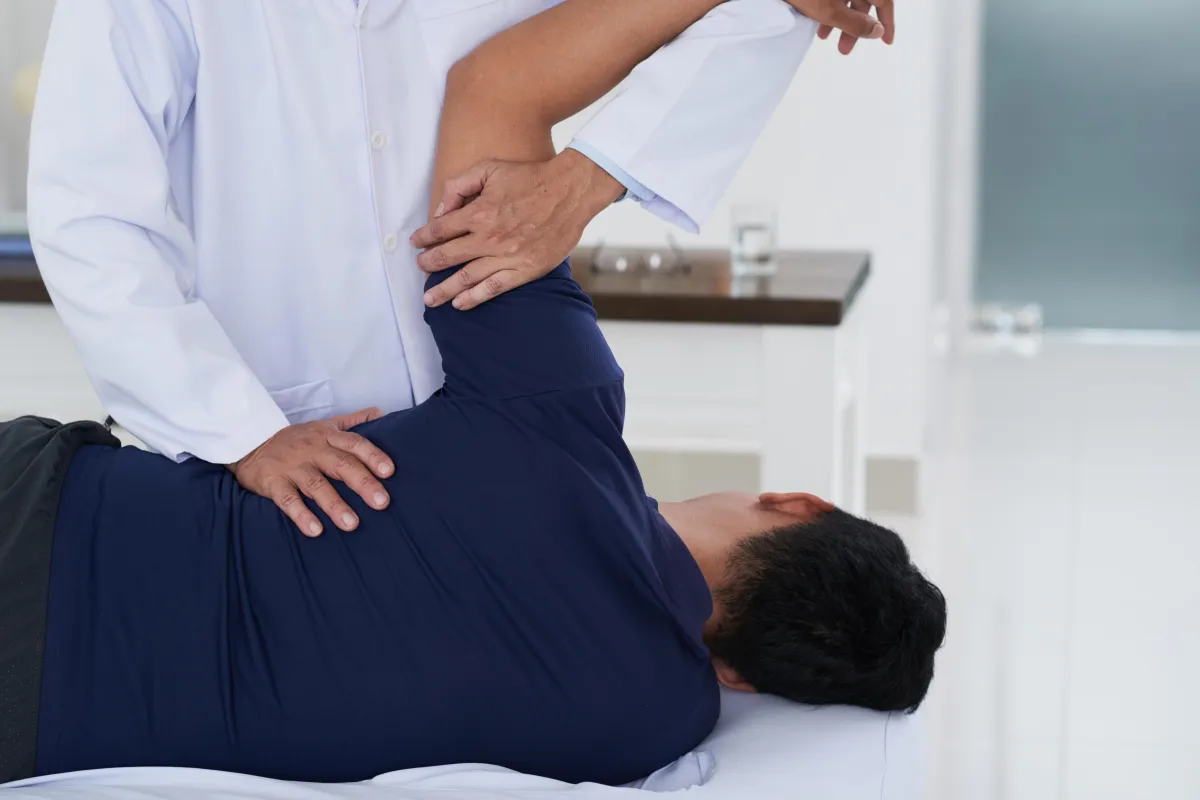
Visit our advanced chiropractic clinic for the future of spinal care. Our top-tier technology allows specialists to effectively ease your back pain, relieve neck strain, and address spinal problems with unmatched accuracy...
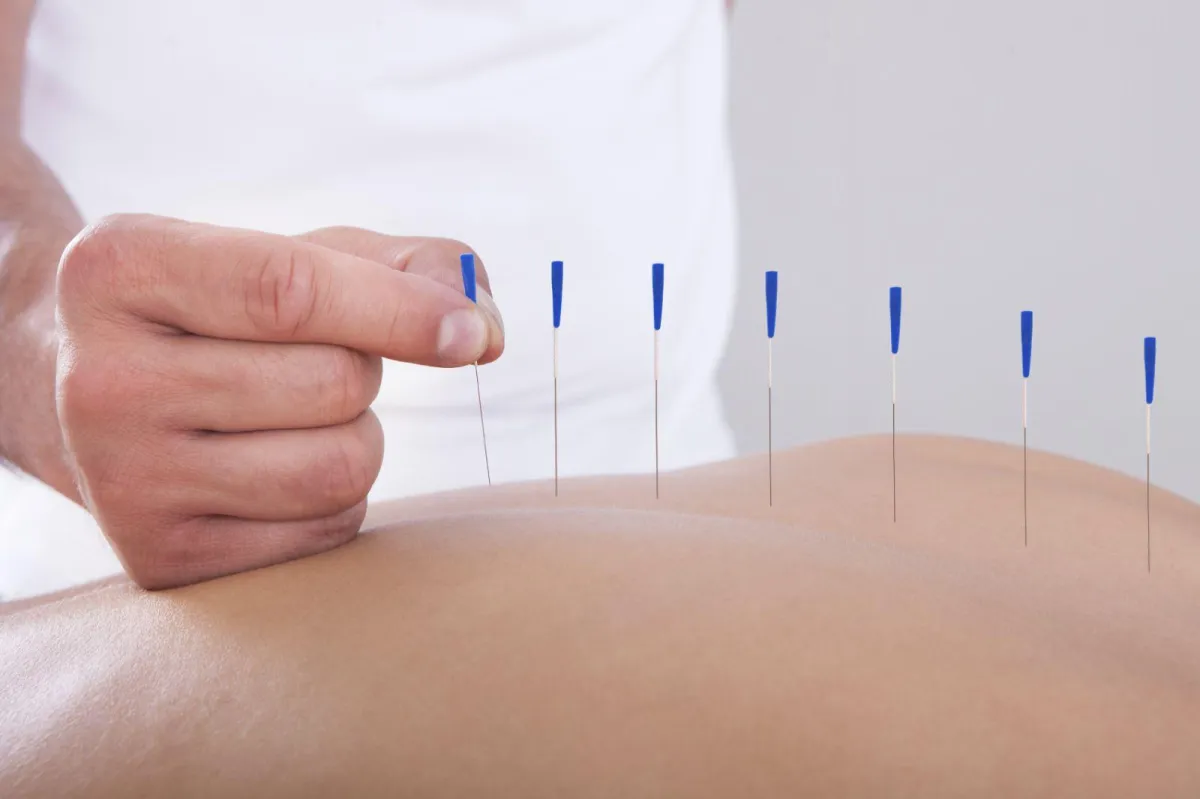
Dry Needling
Discover the modern approach to physical therapy through dry needling, a groundbreaking technique gaining popularity among rehabilitation experts globally. Moving beyond traditional acupuncture that works with the body's energy pathways, dry needling focuses specifically on...
Our Advantages
Personalized Treatment
Embrace a personalized treatment experience tailored just for you.
Licensed Therapists
Experience care at its best with exclusively licensed therapists to perform your treatment.
Experience Staff
Discover the exceptional touch of our certified therapists, masters in the art of healing and relaxation.
Comfortable Clinic
Stroll into our sanctuary and wrap yourself in the comfort of a chic health & fitness retreat.
Practitioners Network
We'll collaborate seamlessly with your entire healthcare team.
Therapy Goals
Setting goals is the best way to enjoy a successful outcome
Meet Our Team

Sunny Thakkar
Physical Therapist
I started practicing in 2007 after graduating from the University of Gujarat. During those college class years...

Hiral Chaudhari PT
Physical Therapist
Hiral Chaudhari, a highly regarded Physical Therapy Specialist in Jersey City, New Jersey, graduated with honors in 2012. With over 11 years of diverse experience...

Dr. Barjeta Balidemaj
Chiropractor
I chose a Chiropractic career because I knew I wanted to help people without sticking them with needles...

Dr. Ashish Sinha, PT, DPT
Physical Therapist
Ashish Sinha, PT, DPT, a board-certified physical therapist with over 12 years of specialization in orthopedic PT and sports rehab. Operating in both New Jersey and New York, Dr. Sinha is a Graston Technique certified clinician, adept in joint replacements, soft tissue repairs, and prehab techniques for successful post-op recovery. With certifications in kinesiotaping, he's well-versed in McKenzie and Maitland protocols, ensuring effective treatment for low back pain.
Trust in Dr. Sinha's comprehensive skills for your optimal rehabilitation journey.

Dr. Leon Scrimmager MD
Internist
Dr. Leon Scrimmager has been hailed as one of New York and New Jersey’s Top Doctors and has a reputation for being one of the city’s most reputable physicians. Dr. Leon attended the University of Medicine and Dentistry of New Jersey and continued education at Saint Luke’s Roosevelt Hospital Center.
Dr. Leon is certified by the American Board of Internal Medicine and is a professional member of the American Society of Addiciton medicine as well as the Manhattan Central Medical Society. Dr. Leon received the award for New York and New Jersey Top Doctors in 2007.
About Us
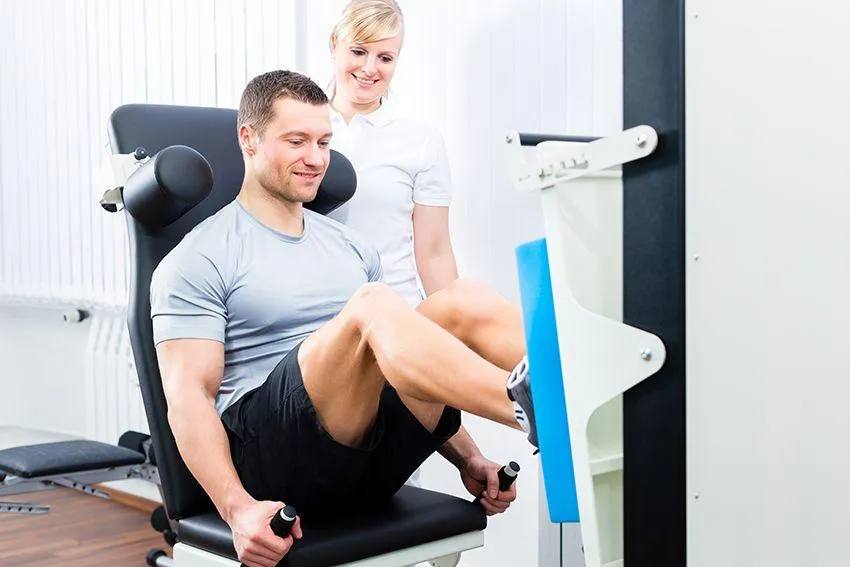
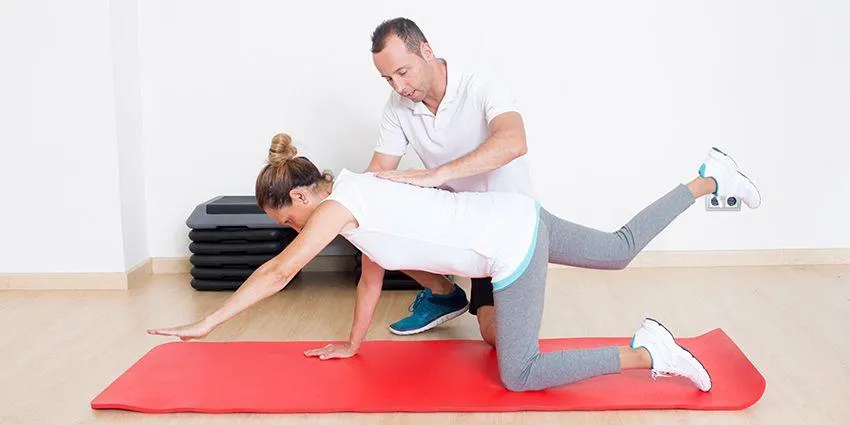
Experience rapid rejuvenation as our specialist team harnesses the power of advanced healing tech to erase pain with ease. We dive deep into your world, assessing every piece of the puzzle—stress at work, life pressures, physical health, nutrition, genes, posture, and even emotional ties—crafting a tailor-made wellness blueprint that's as unique as you are. With our dedicated holistic touch, we don't just treat symptoms; we empower you to embrace a pain-free, harmonious life.
Ask a Question
Blogs

How to Manage Arthritis Pain
Manage arthritis pain with New Jersey Rehab Experts! We provide expert physical therapy, tailored exercises, and lifestyle strategies to help you reduce symptoms and improve joint function. Book your ... ...more
Strength Training ,PHYSICAL THERAPY &Arthritis
July 17, 2024•3 min read

Top Neurological Physical Therapy in Jersey City
Expert neurological physical therapy in Jersey City at New Jersey Rehab Experts. We treat Stroke, TBI, Parkinson’s, MS, and more. Our goal is to improve mobility, function & overall quality of life wi... ...more
PHYSICAL THERAPY ,Top Neurological Physical Therapy New Jersey
July 15, 2024•2 min read

What You Need to Know About Chronic Back Pain
Explore crucial insights about chronic back pain from New Jersey Rehab Experts. Learn about prevention, effective treatments, and how physical therapy can offer lasting relief. Contact us today to sta... ...more
Strength Training ,PHYSICAL THERAPY
July 10, 2024•2 min read
No matter whether your condition was caused by a sport, work accident or otherwise,
we welcome the chance to serve you.
Opening Hours
Monday - 10:00 - 19:00
Tuesday - 10:00 - 19:00
Wednesday - 10:00 - 19:00
Thursday - 10:00 - 19:00
Friday - 10:00 - 19:00
Saturday - 10:00 - 13:00
Sunday - Closed


